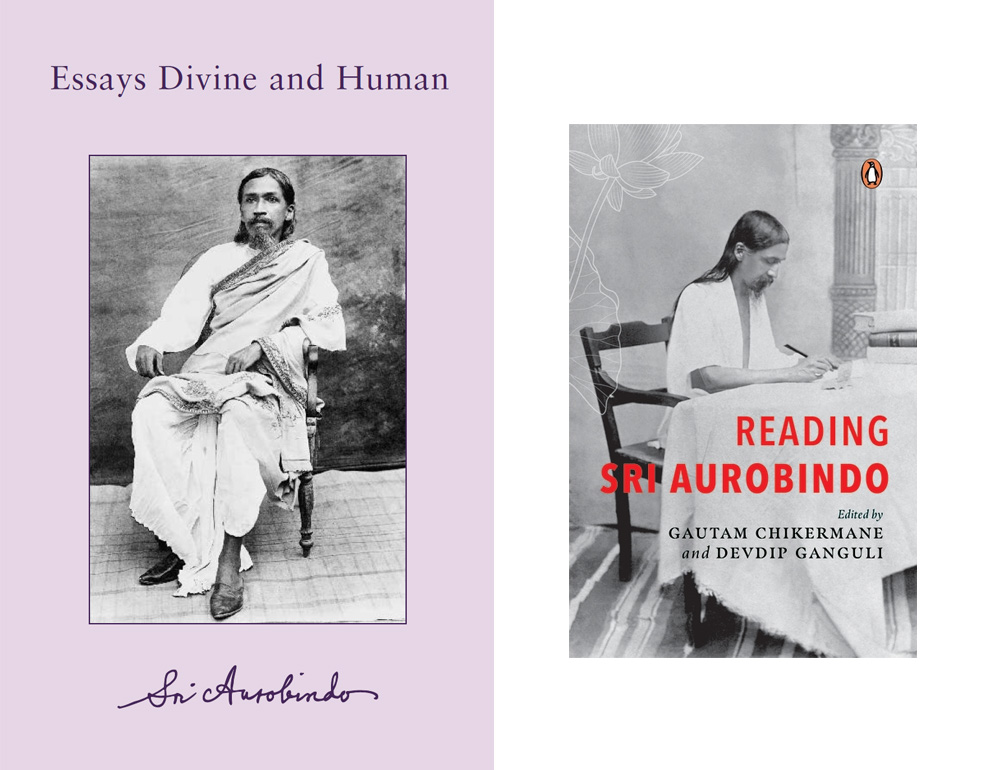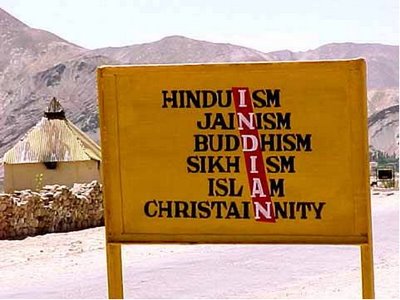“The history of the world is but the biography of great men”
– Thomas Carlyle, Scottish thinker, historian
Yesterday marked the 128th year of passing of this giant among men, an original thinker, a creator, and one of the greatest leaders of the Indian renaissance. Sisirkumar Mitra, in his book Resurgent India remarked about this day :
“It was a Deepavali evening in 1883 when he left his body. And it was but proper that he should choose to do so when his country was celebrating the festival of Lights – a fitting symbol to keep burning the Light of which he was a God-appointed messenger... Thus passed away one of the greatest sons of India to whom she owes much of her present greatness and much of that which would be hers in the future, because like all mighty creators he made possible more than what he actually did.“
The French mystic & Nobel Laureate Romain Rolland wrote of him:
“Dayananda.. transfused into the languid body of India his own formidable energy, his certainty, his lion’s blood. His words rang with heroic power. He was the most vigorous force of the immediate and the present action in India at the moment of the rebirth and reawakening of the national consciousness. He was one of the most ardent prophets of reconstruction and of national organisation.. this thundering champion of the Vedas.”
As time and circumstance would have it, Dayananda’s work would have a significant bearing on India’s future.
Freedom & National Reconstruction
In this wonderful excerpt below, Mitra outlines two parallel and necessary movements in nineteenth-century India.
1. The awakening of the political consciousness of the nation to the necessity of freedom; and
2. The regeneration, repair and revitalizing of a then dormant, lethargic and weak Indian society.
“The birth of this one of the greatest makers of New India, in the westernmost region of the country has also a meaning for the work he came to do. While Tilak hailing from the southern part of Western India awakened the whole country to its need for freedom, Dayananda rose to reestablish the Aryan Ideal and make it the basis of national reconstruction. Fighting for this ideal, he furthered it with such uncompromising zeal that we can compare him only with the great Shankaracharya who hallowed the land a millennium ago. His victorious campaigns all over the country from western to eastern end were the beginning of an upheaval of great importance for the history of modern Indian renaissance.”
As a reformer, he took his inspiration from Dharma, and to him that meant going back to the Veda, and what it revealed to him. He endeavoured to rebuild society on the grounds of genuine spirituality, not religiosity. As with our present day and age, the society of the time was afflicted with its own set of regressive beliefs – child marriage, untouchability, caste prejudice, animal sacrifices, and a host of other accepted practices. In a time wand age when women would hardly be taken seriously, the Arya Samaj he founded pushed for women leaders in prayer meetings and for the spread of Vedic ideals. In his critique of pundits, he essentially took on the entire priestly class of India wherever he went. He is known to have addressed huge gatherings at Agra, Gwalior, Jaipur, Kashi, Ajmer, Bombay, Pune, Calcutta, Patna, Jodhpur; at each of these instances he held discussions with learned scholars. Discussions, that we may add – held with a certain code in mind, a discipline and a depth that we have at best heard of, but hardly seen in our modern society. He came down heavily on the self-aggrandisement and ritual marketing of the orthodoxy, and calmly bore the brunt of their cruel persecutions over the years. A gifted orator, and a clear-minded thinker, he worked tirelessly to rid the obscurantism that had plagued the Indic mind, and to reestablish the Vedic dharma “as the basis of a new life for his people.”
But, we may ask – what is it in the Vedas that gave Dayananada the strength and inspiration to do his work for the upliftment of India and the world? Sri Aurobindo gives the answer in his essay: .
Dayananda on the Veda
“In Dayananda’s life we see always the puissant jet of this spiritual practicality. A spontaneous power and decisiveness is stamped everywhere on his work. And to begin with, what a master-glance of practical intuition was this to go back trenchantly to the very root of Indian life and culture, to derive from the flower of its first birth the seed for a radical new birth! And what an act of grandiose intellectual courage to lay hold upon this scripture defaced by ignorant comment and oblivion of its spirit, degraded by misunderstanding to the level of an ancient document of barbarism, and to perceive in it its real worth as a scripture which conceals in itself the deep and energetic spirit of the forefathers who made this country and nation,—a scripture of divine knowledge, divine worship, divine action…
The essential is that he seized justly on the Veda as India’s Rock of Ages
and had the daring conception to build on what his penetrating glance perceived in it a whole education of youth, a whole manhood and a whole nation-hood… Rammohan Roy, that other great soul and puissant worker who laid his hand on Bengal and shook her—to what mighty issues— out of her long, indolent sleep by her rivers and rice-fields— Rammohan Roy stopped short at the Upanishads. Dayananda looked beyond and perceived that our true original seed was the Veda. He had the national instinct and he was able to make it luminous,—an intuition in place of an instinct. Therefore the works that derive from him, however they depart from received traditions, must needs be profoundly national.“
A Sculptor of Men and Institutions
From the Seer-eye of Sri Aurobindo, these are the lines which I would gladly revisit to feel the impress of Dayananda of the ages.
“Here was one who knew definitely and clearly the work he was sent to do, chose his materials, determined his conditions with a sovereign clairvoyance of the spirit and executed his conception with the puissant mastery of the born worker. As I regard the figure of this formidable artisan in God’s workshop, images crowd on me which are all of battle and work and conquest and triumphant labour. Here, I say to myself, was a very soldier of Light, a warrior in God’s world, a sculptor of men and institutions, a bold and rugged victor of the difficulties which matter presents to spirit. And the whole sums itself up to me in a powerful impression of spiritual practicality. The combination of these two words, usually so divorced from each other in our conceptions, seems to me the very definition of Dayananda.
:
May his spirit act in India pure, unspoilt, unmodified and help to give us back that of which our life stands especially in need, pure energy, high clearness, the penetrating eye, the masterful hand, the noble and dominant sincerity.”
References
The excerpts in maroon above are from two inspiring essays on him by Sri Aurobindo, written in the early 20th century.
The first is simply titled : Dayananda – The Man and His Work
The second is : Dayananda and the Veda
The excerpts in blue are from the following : Resurgent India, ‘A Soldier of Light’, p165, Sisirkumar Mitra (1965) Allied Publishers



